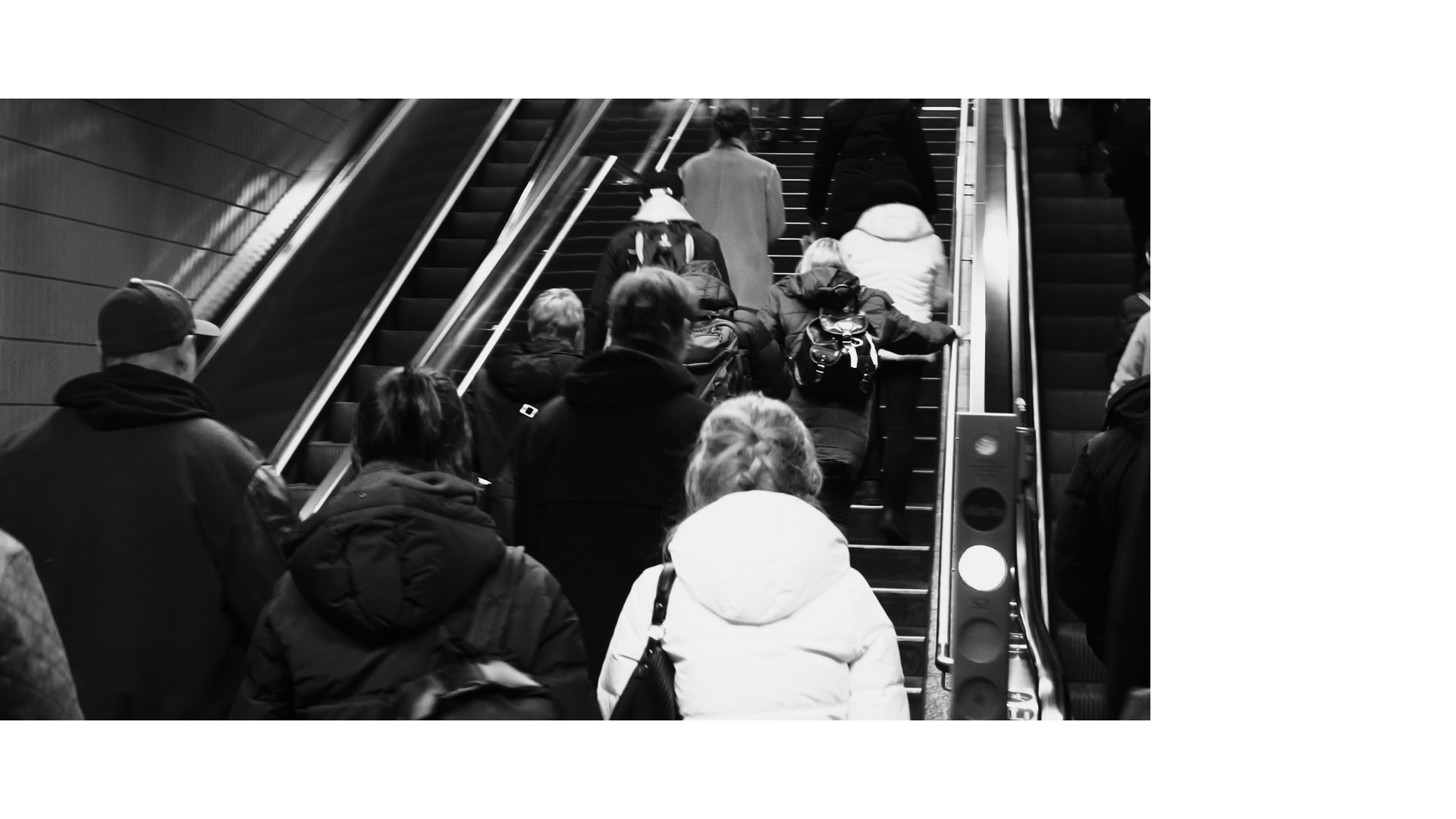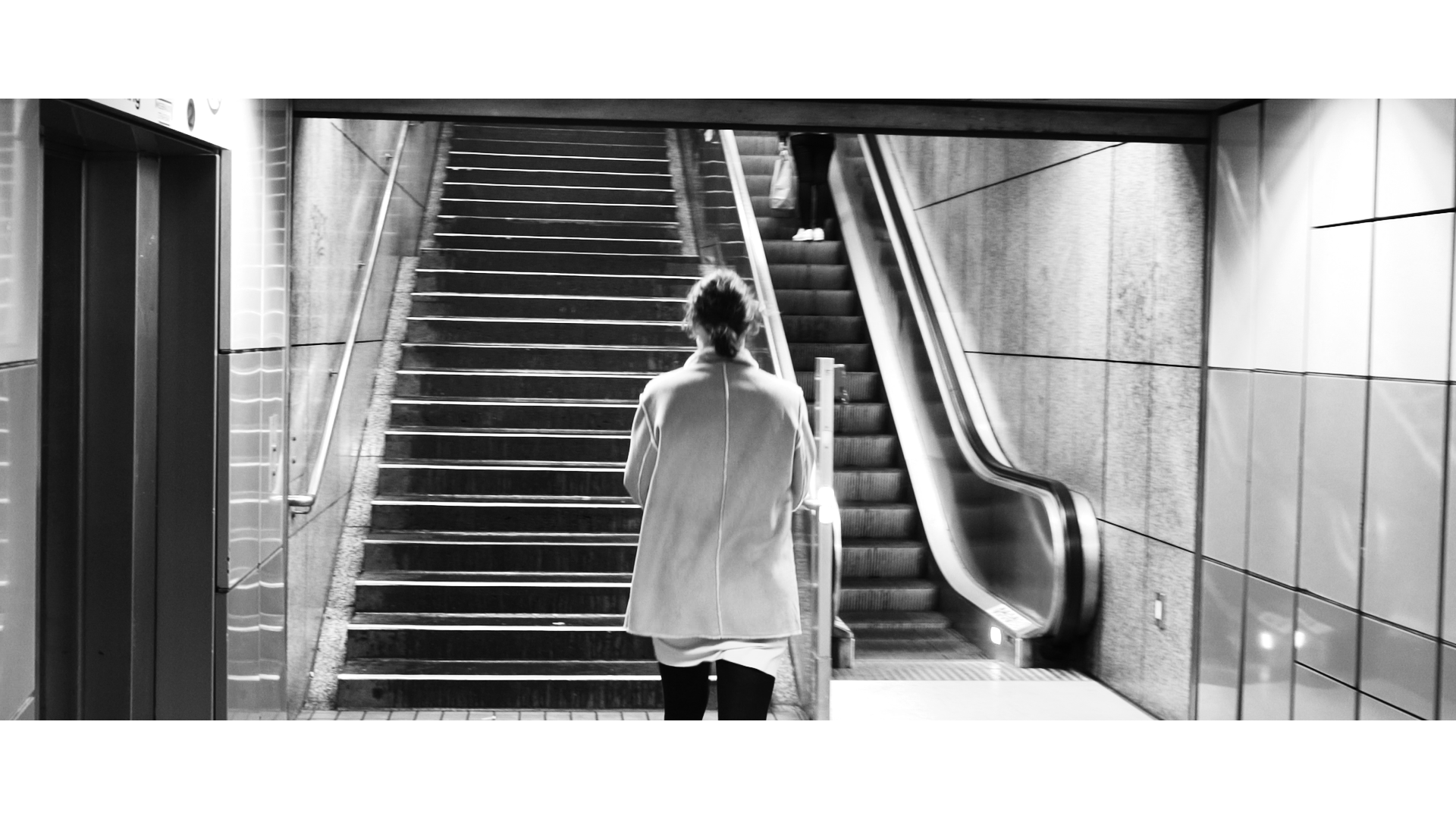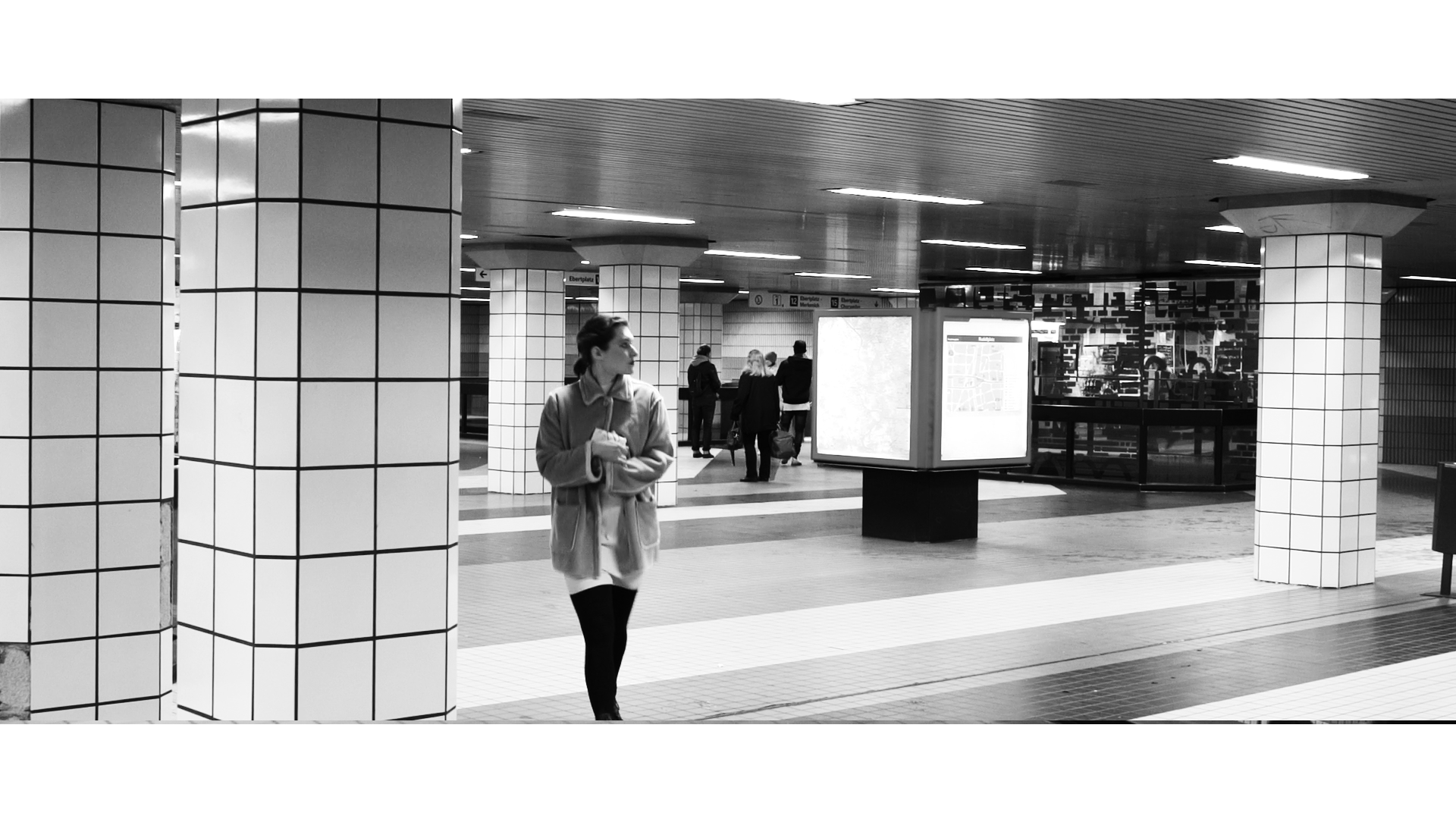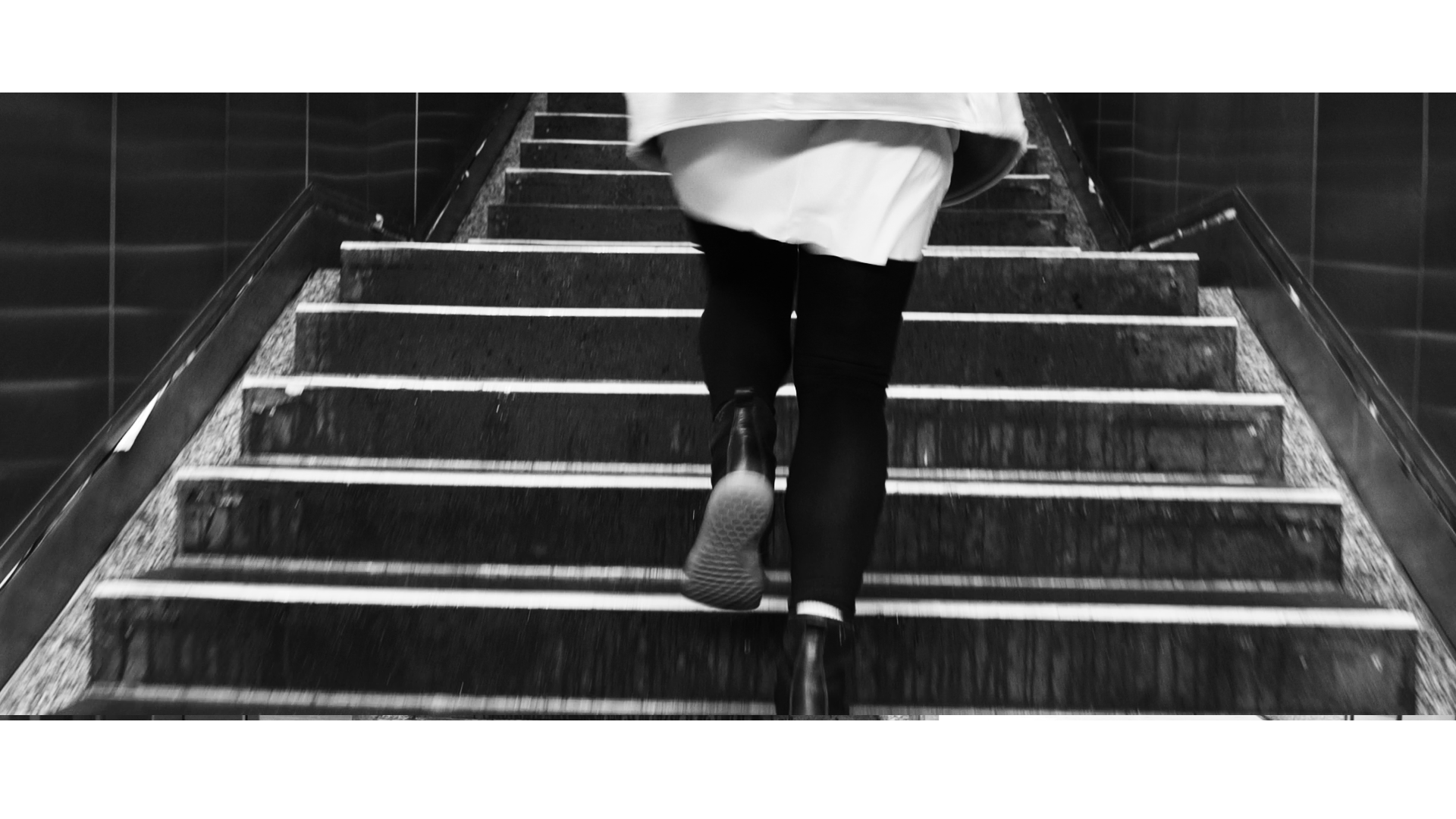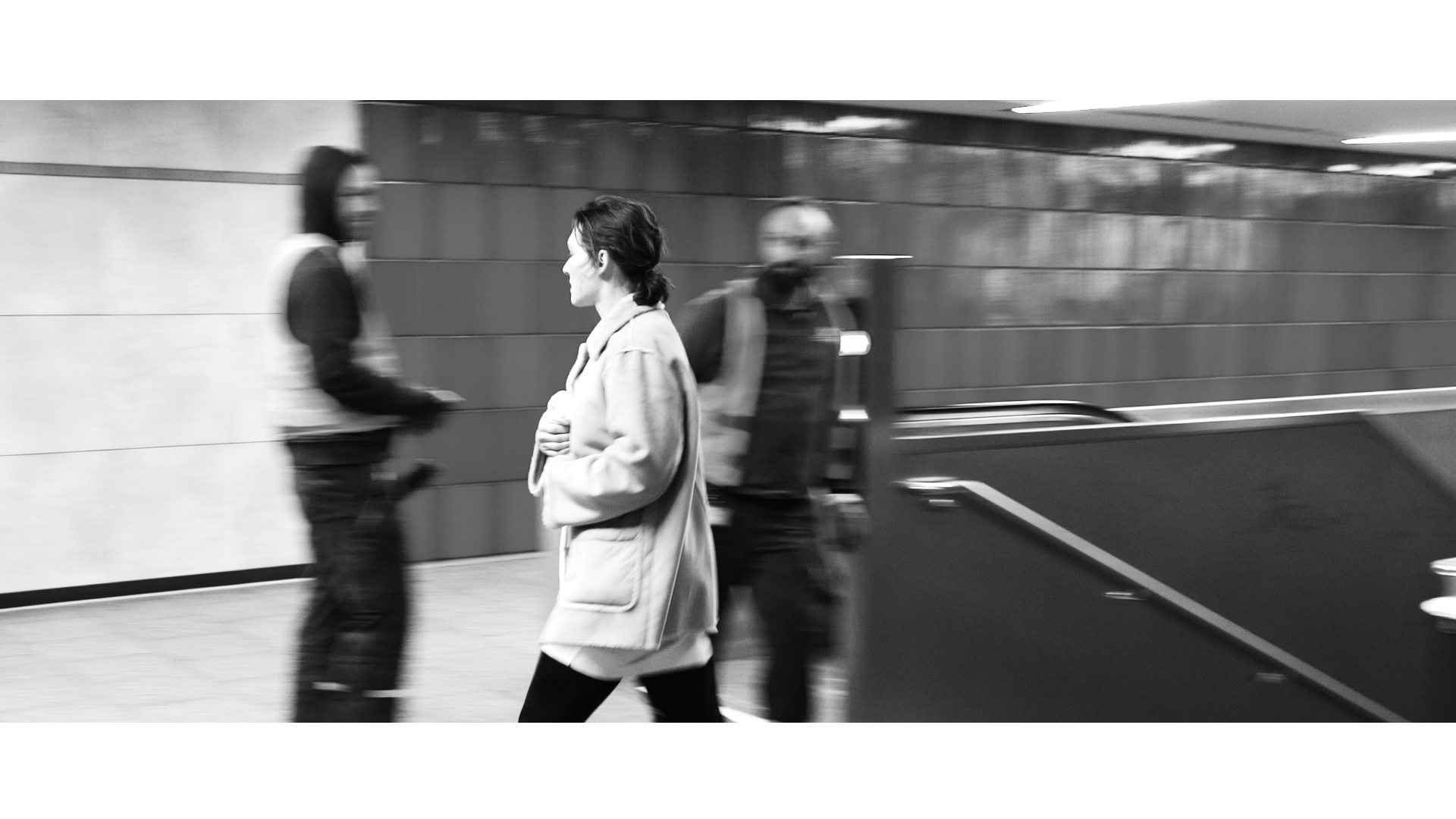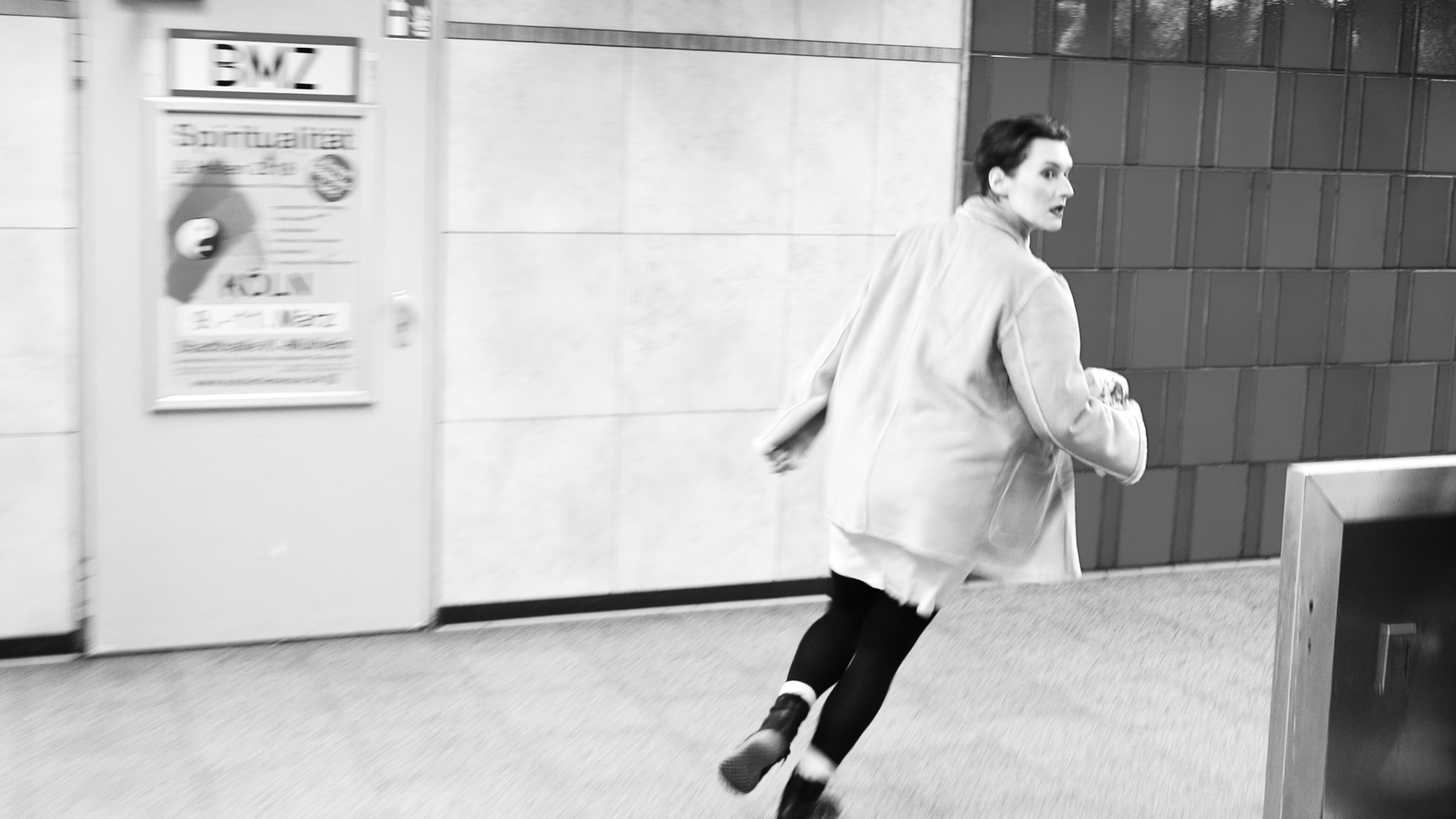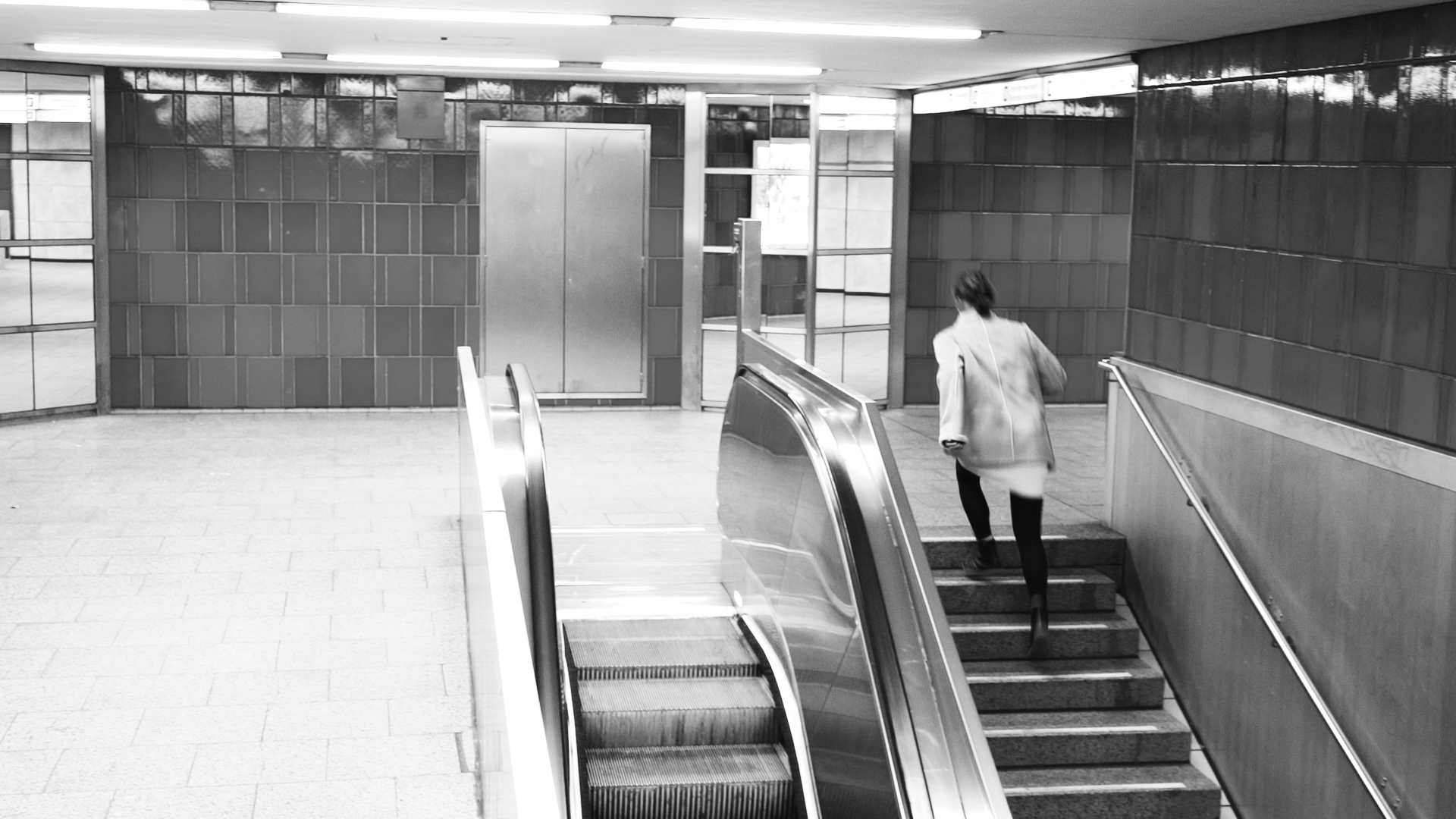
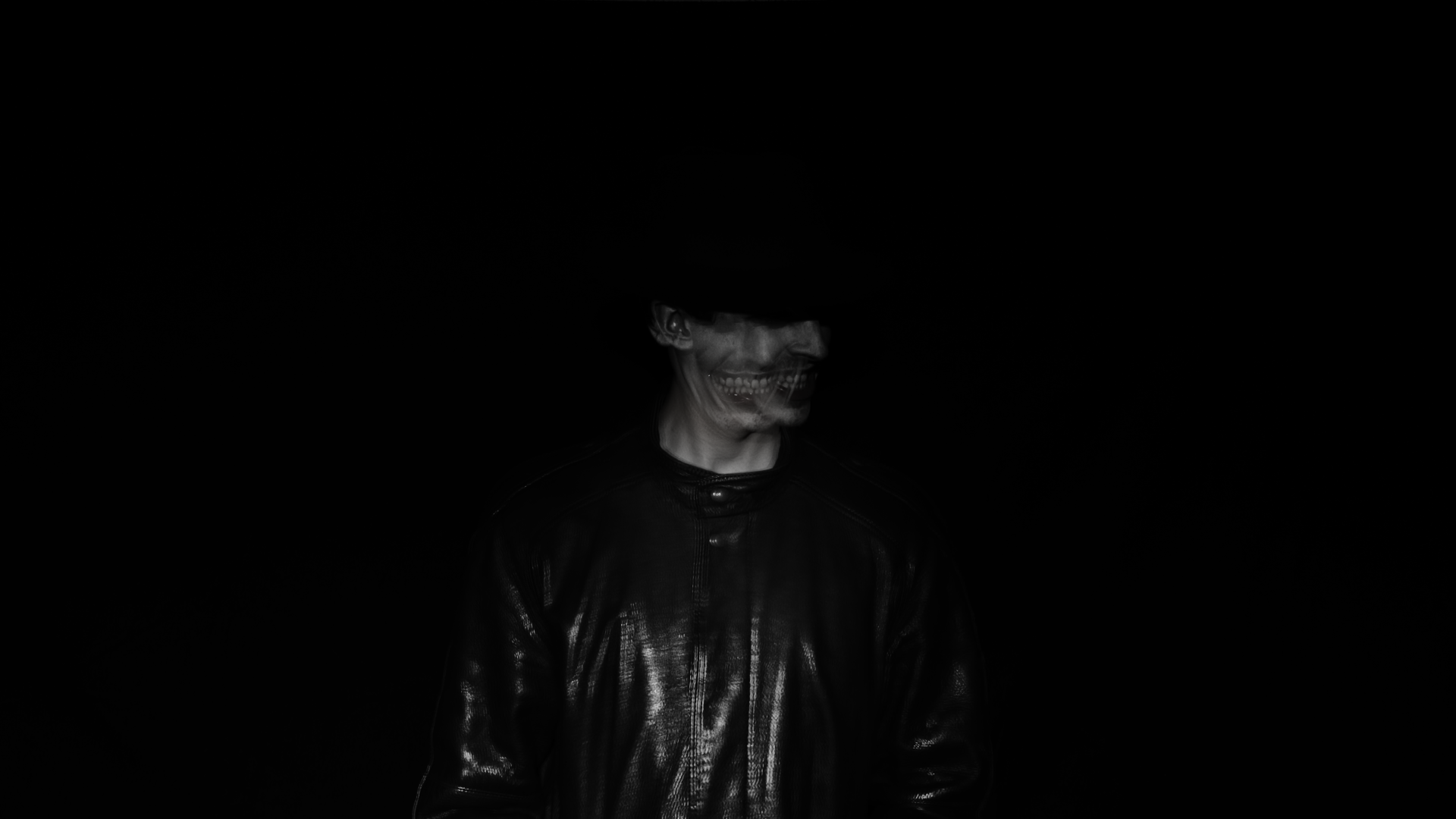
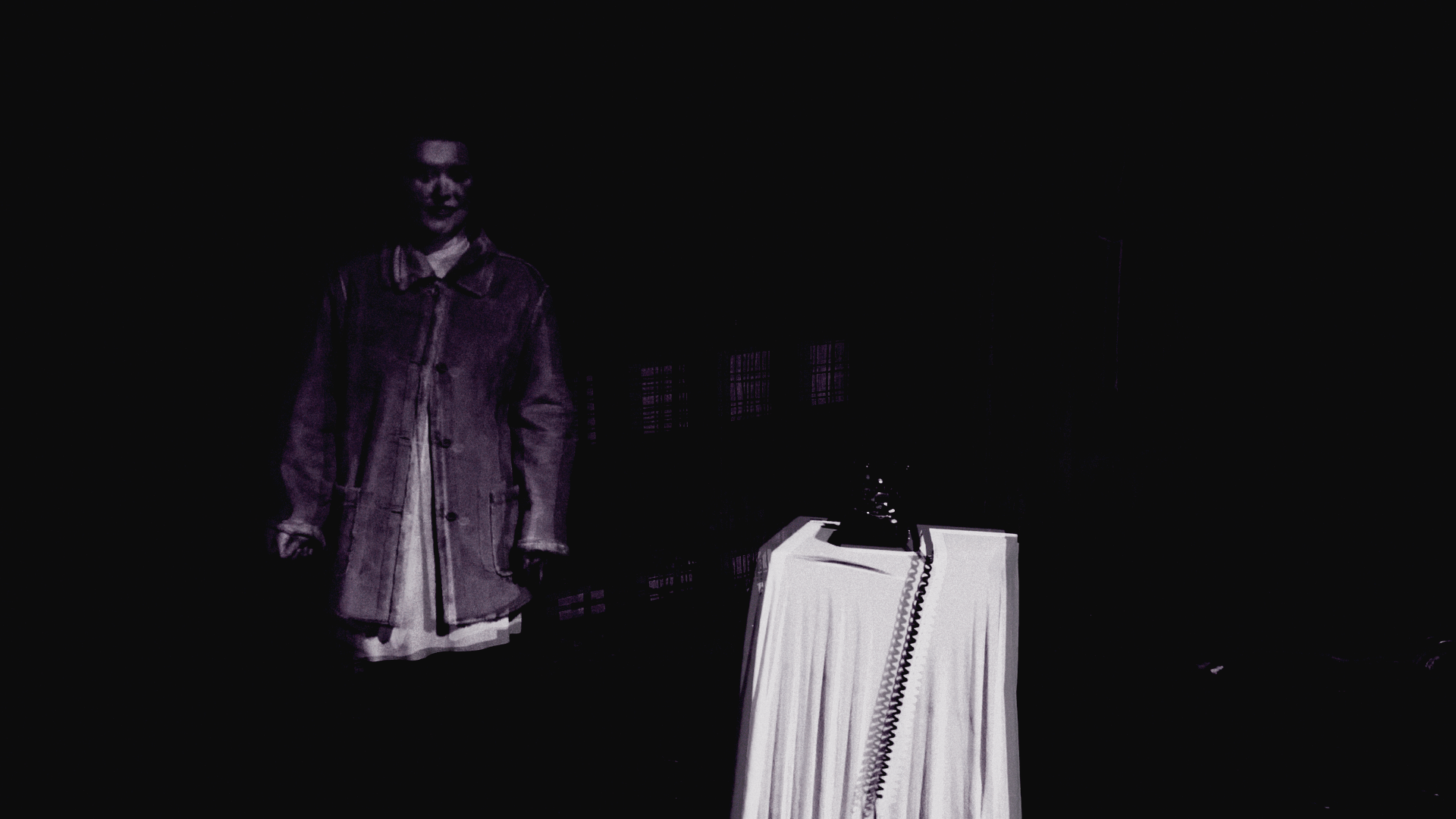
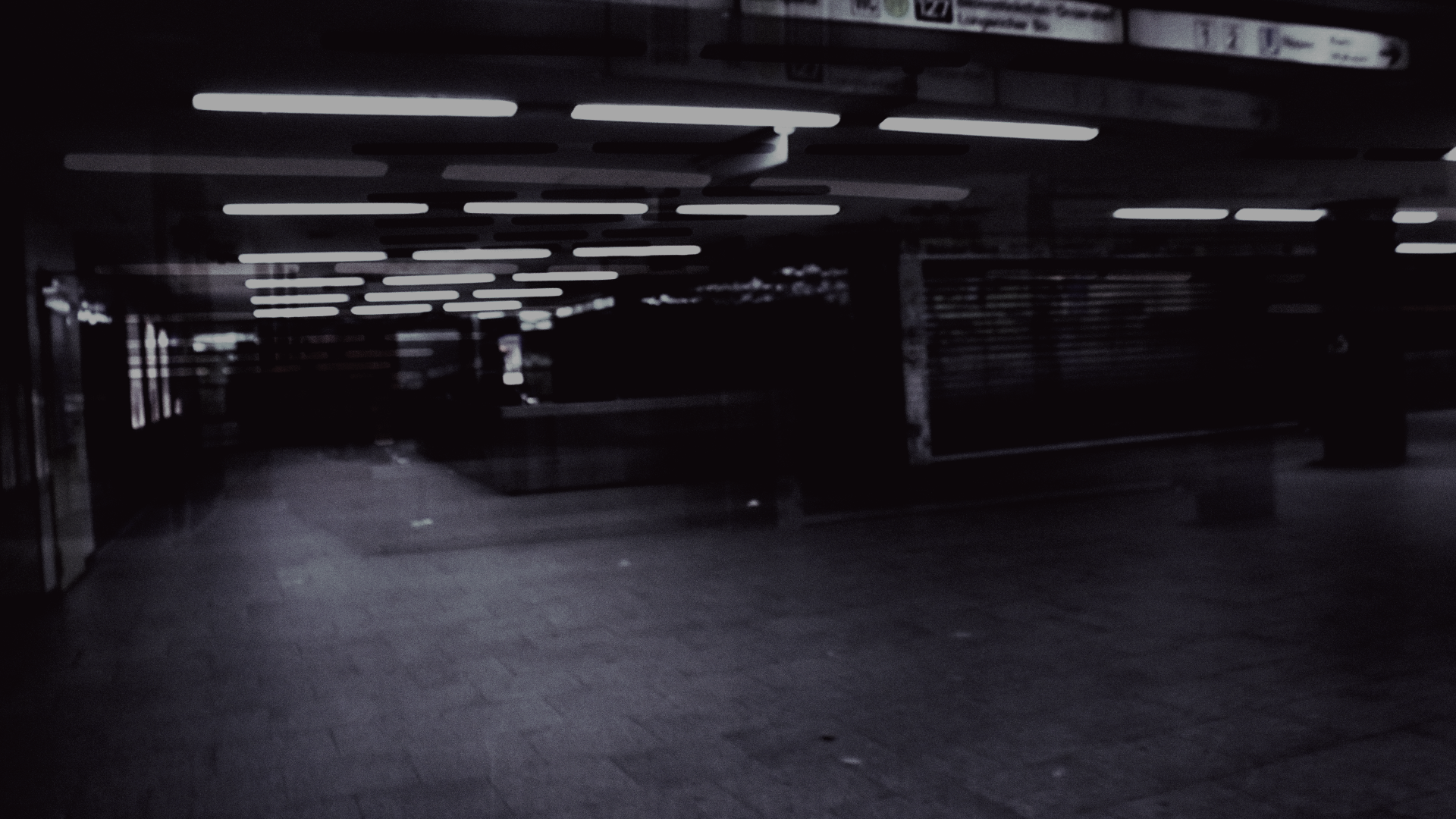
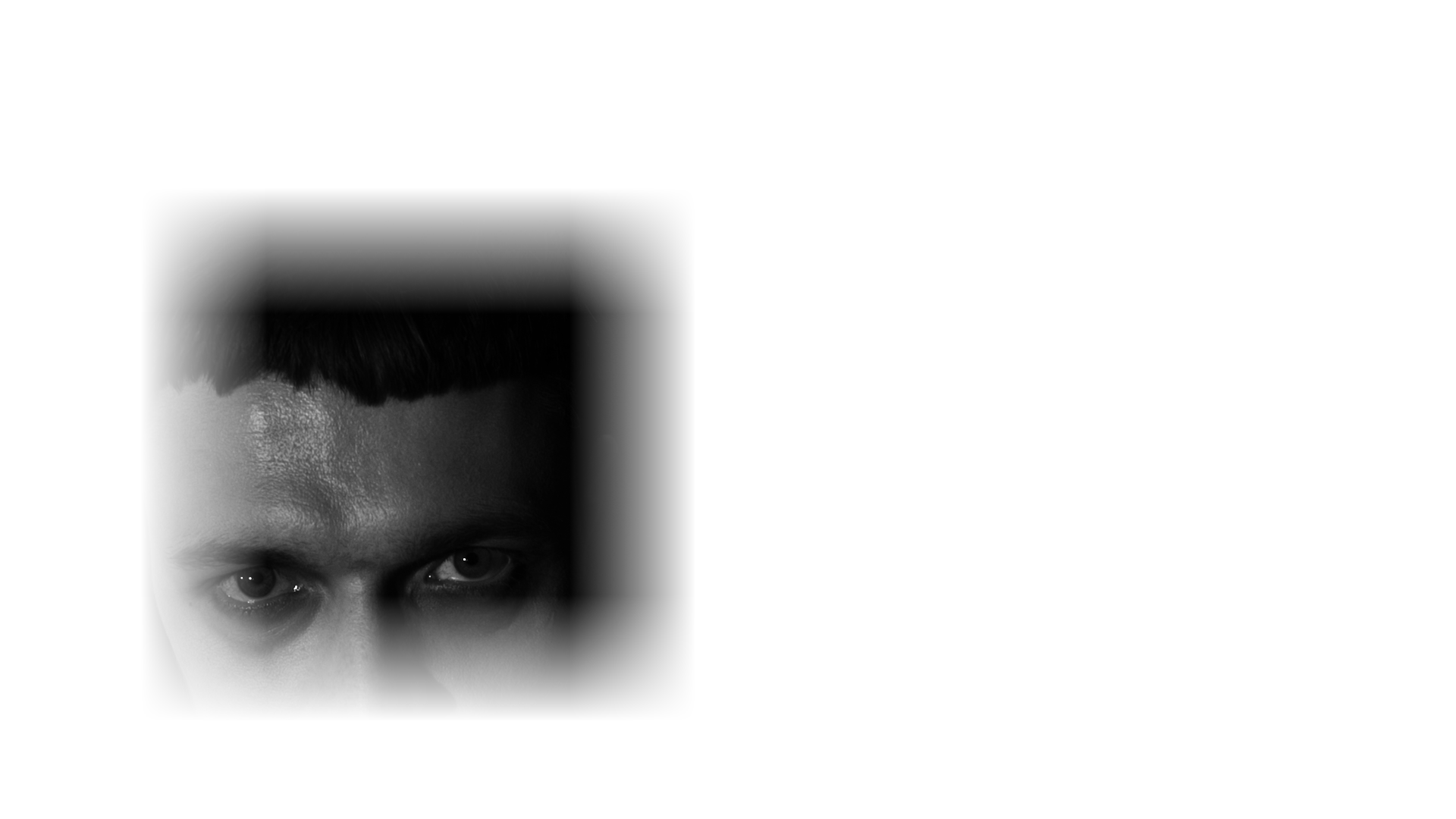
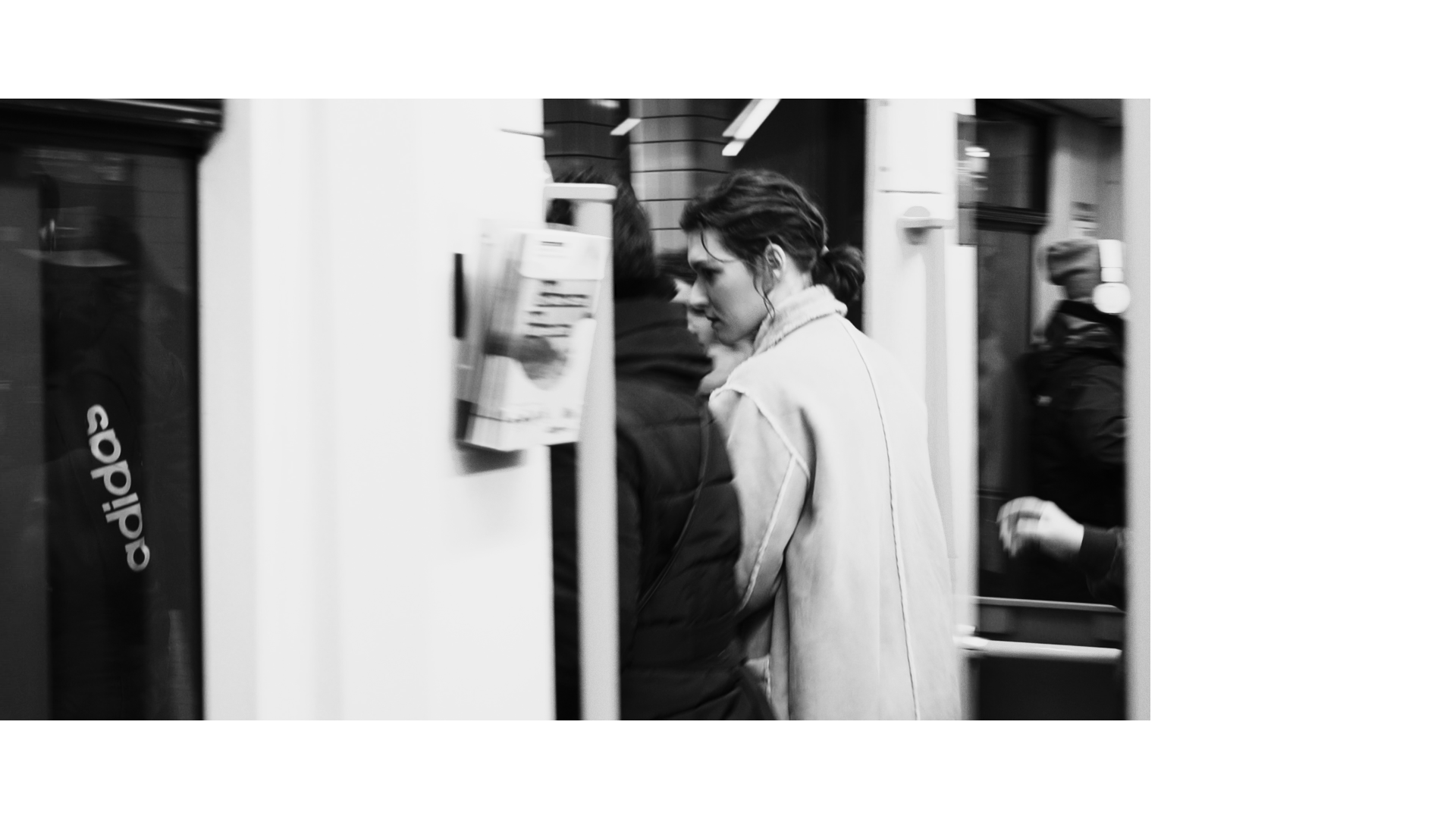
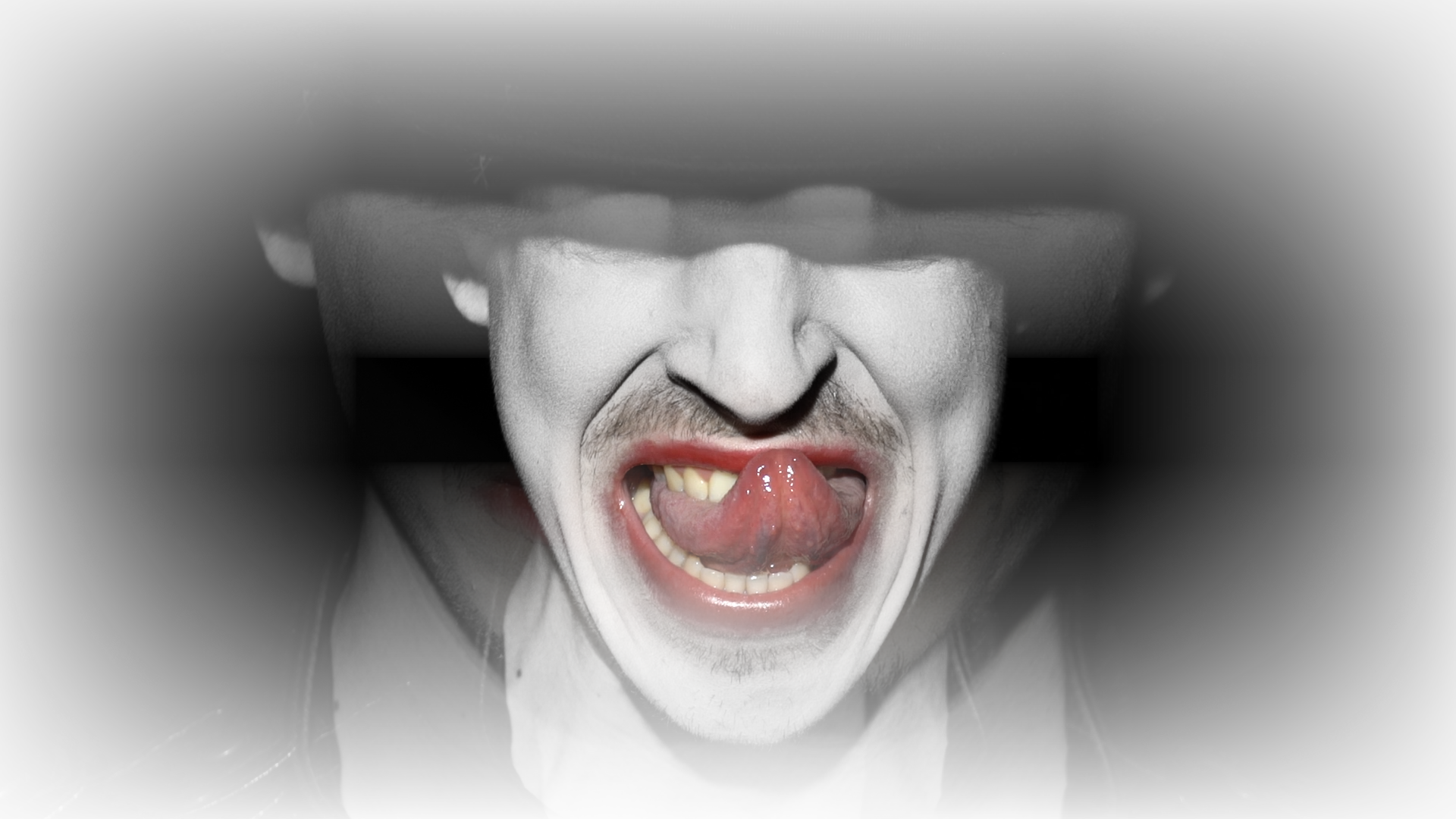
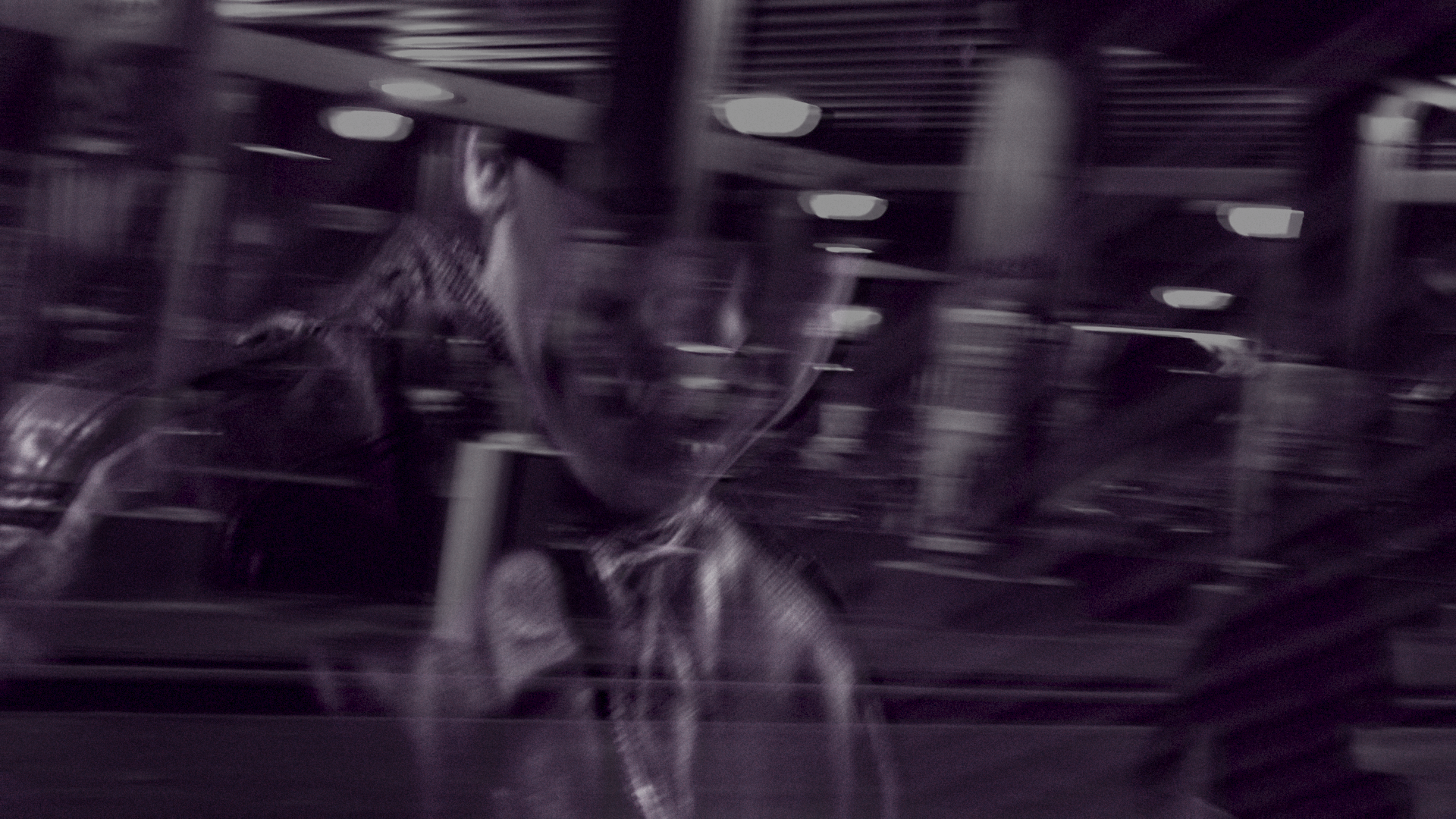
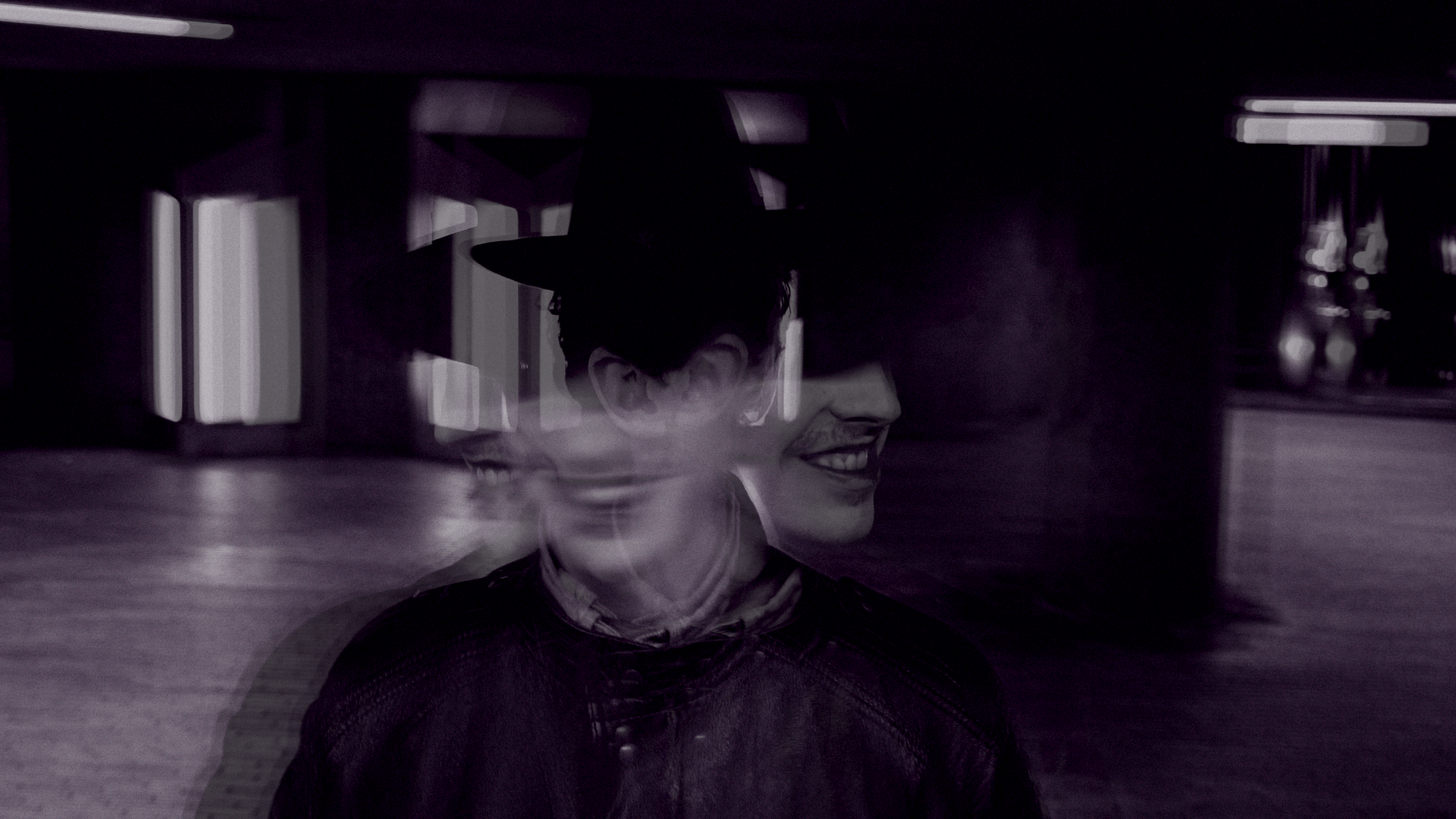
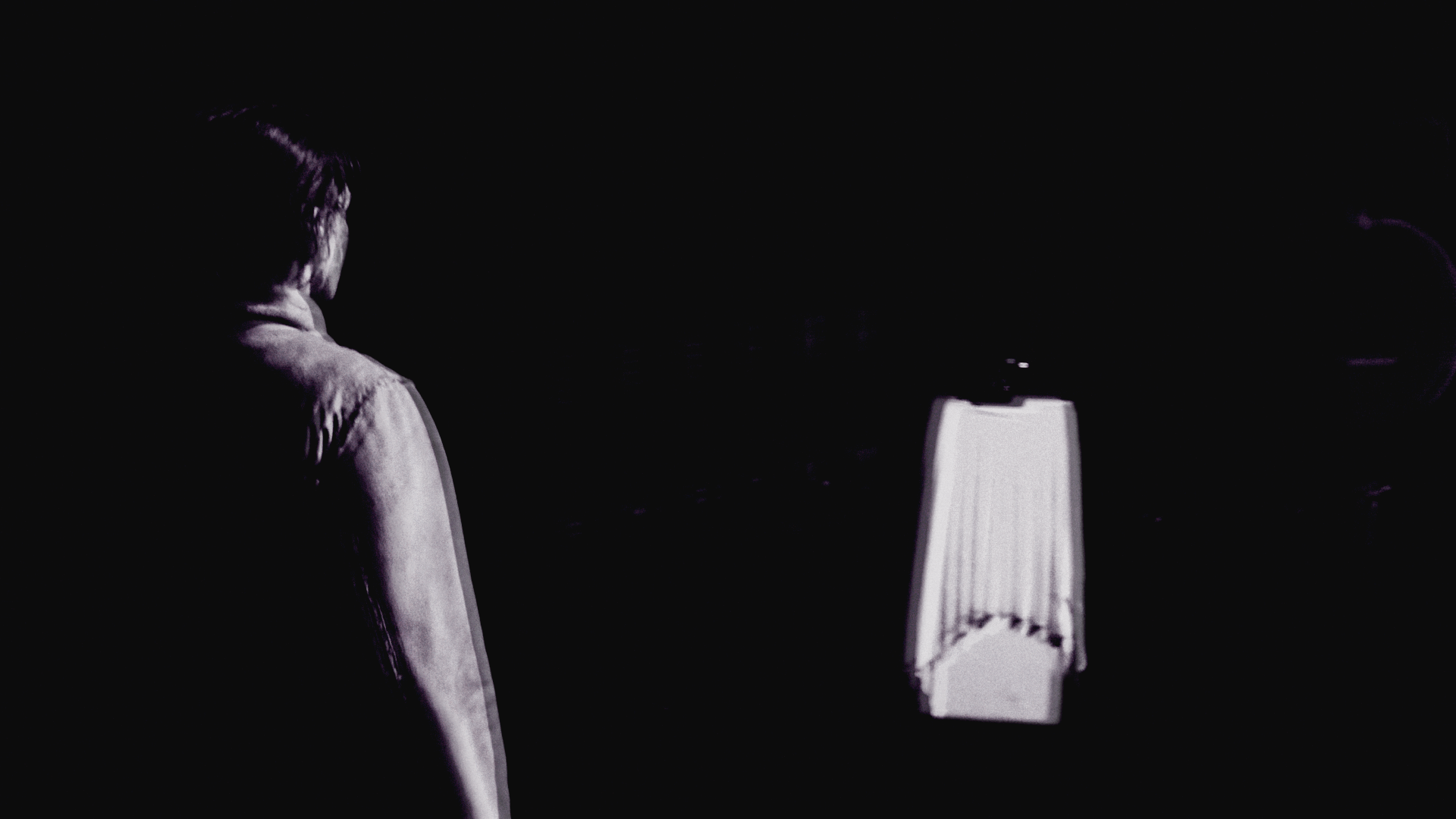
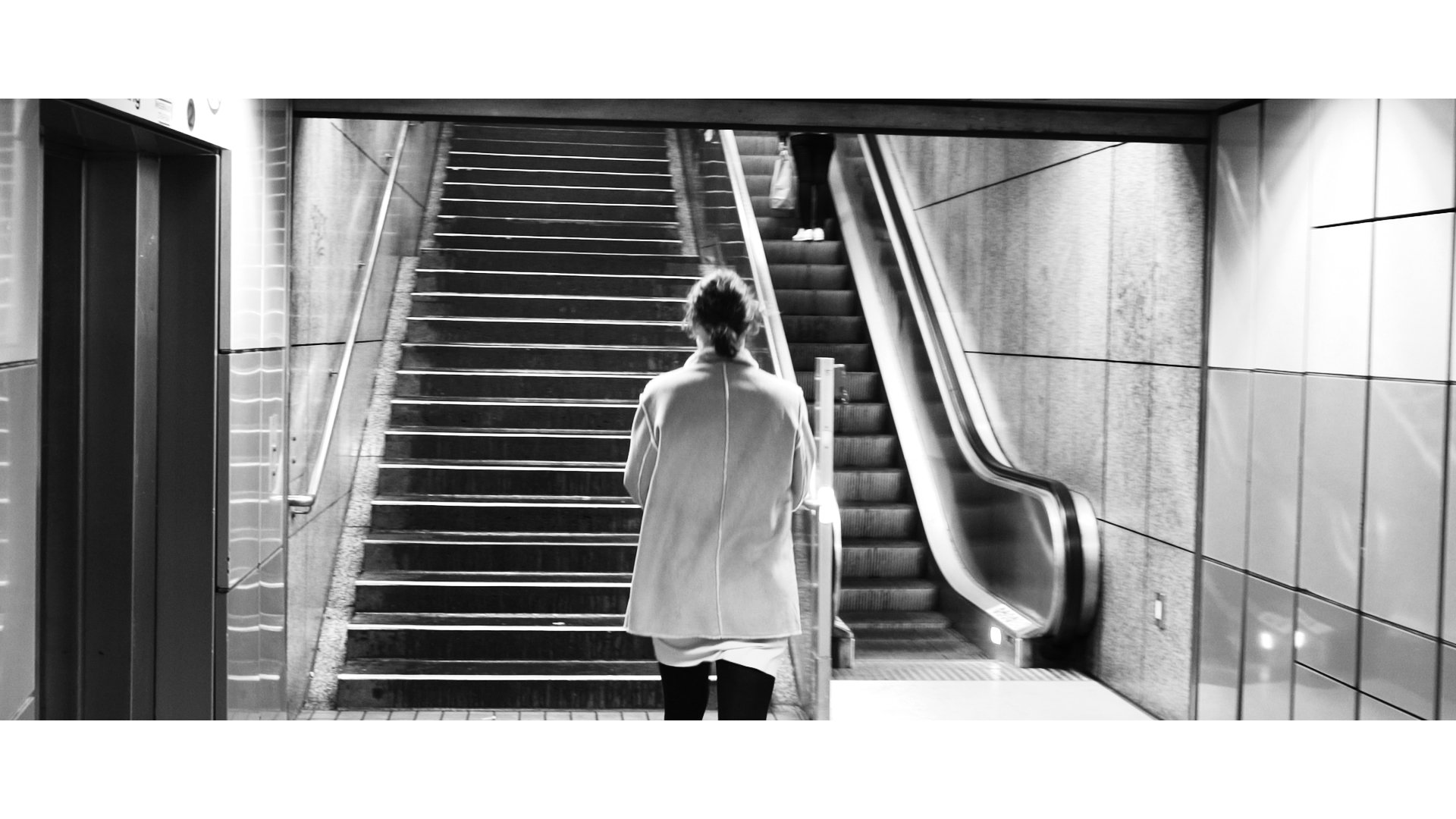
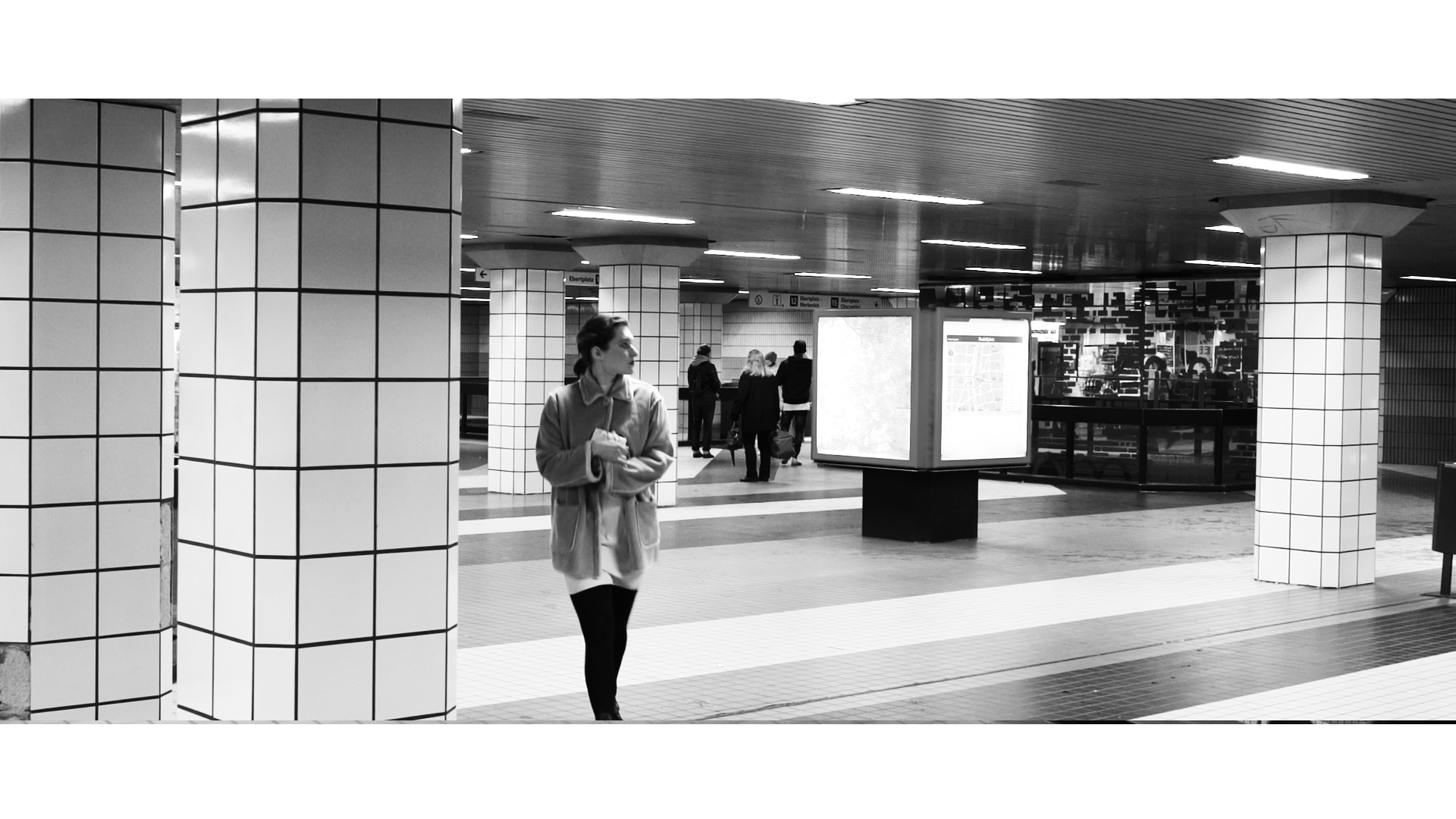
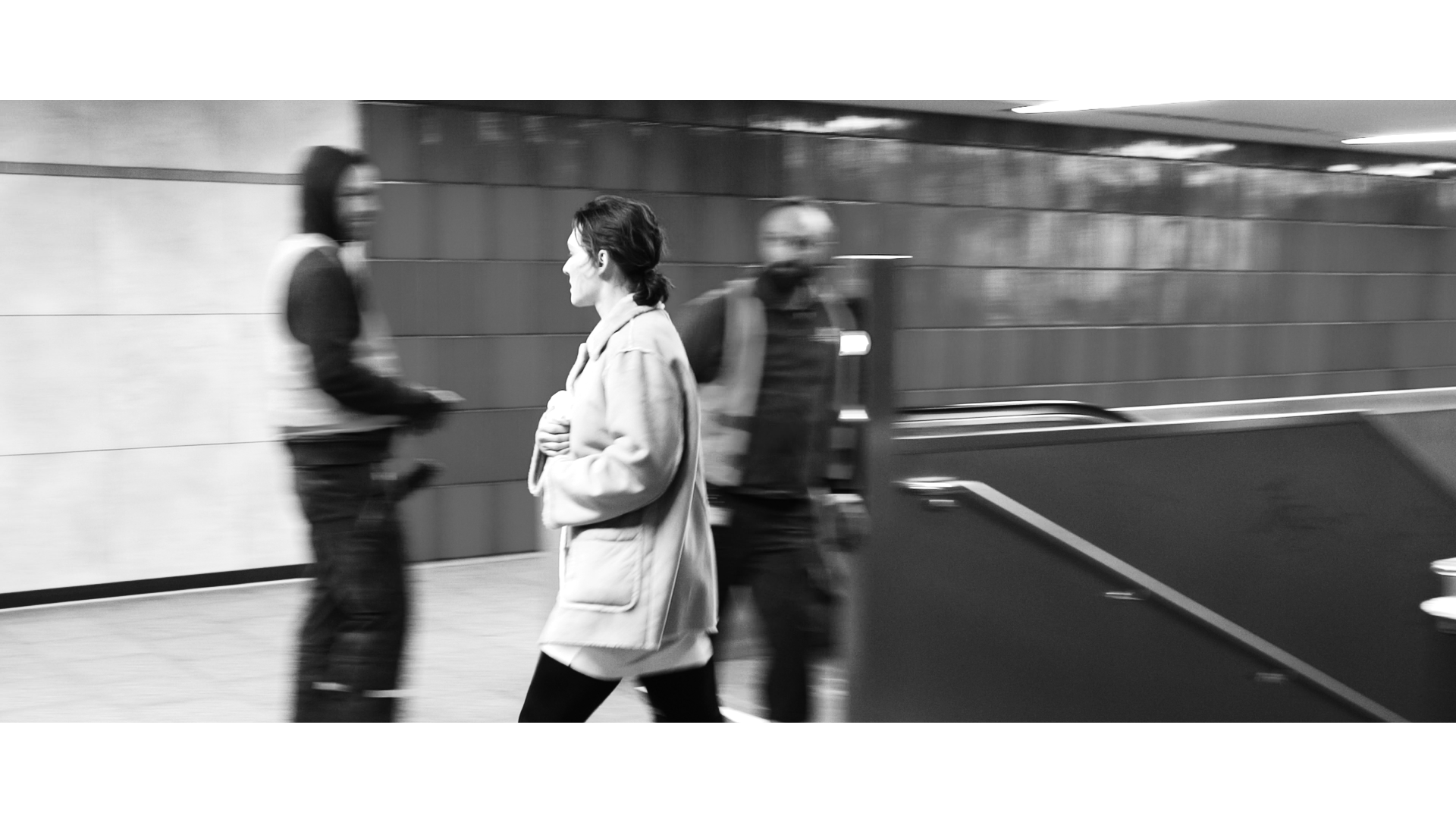


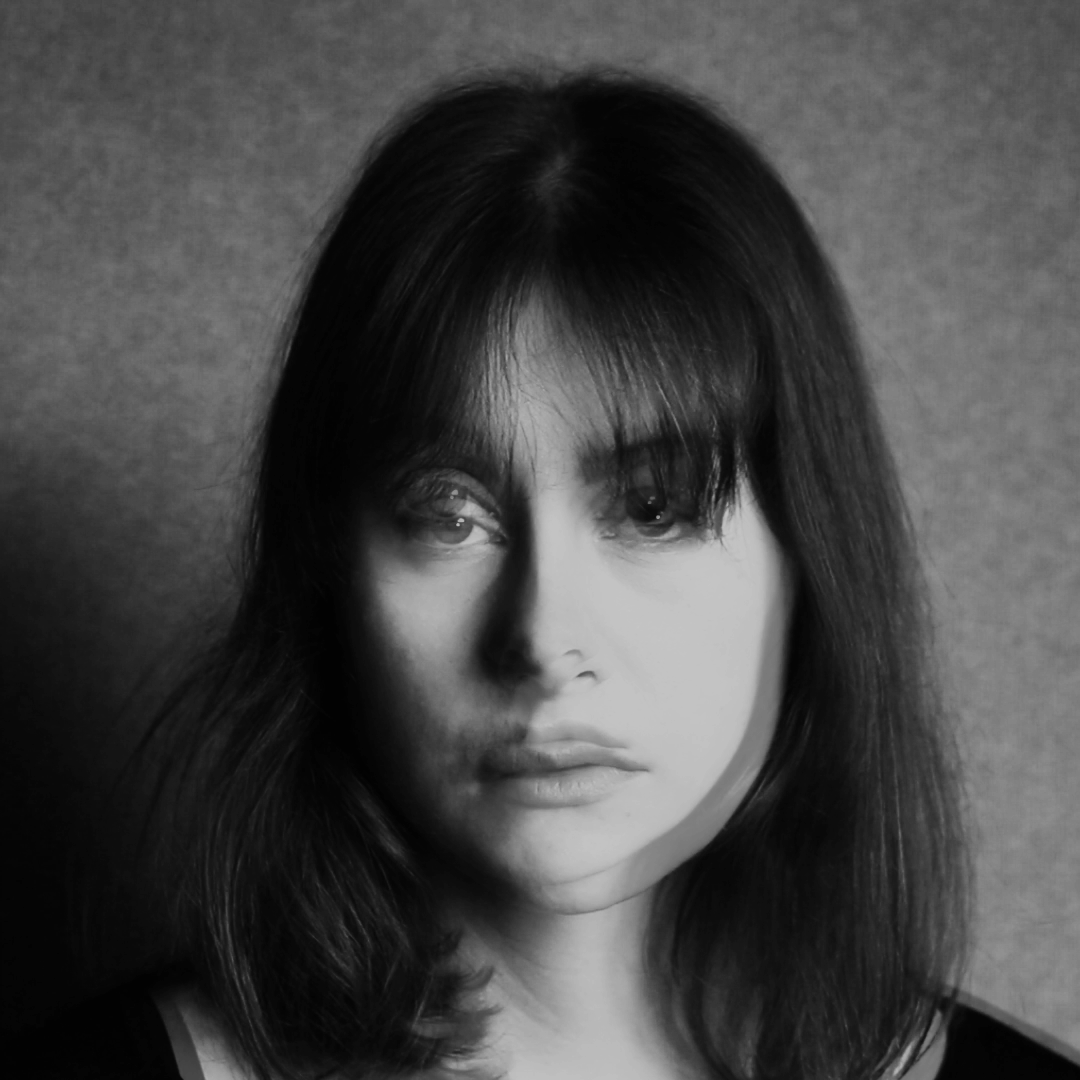

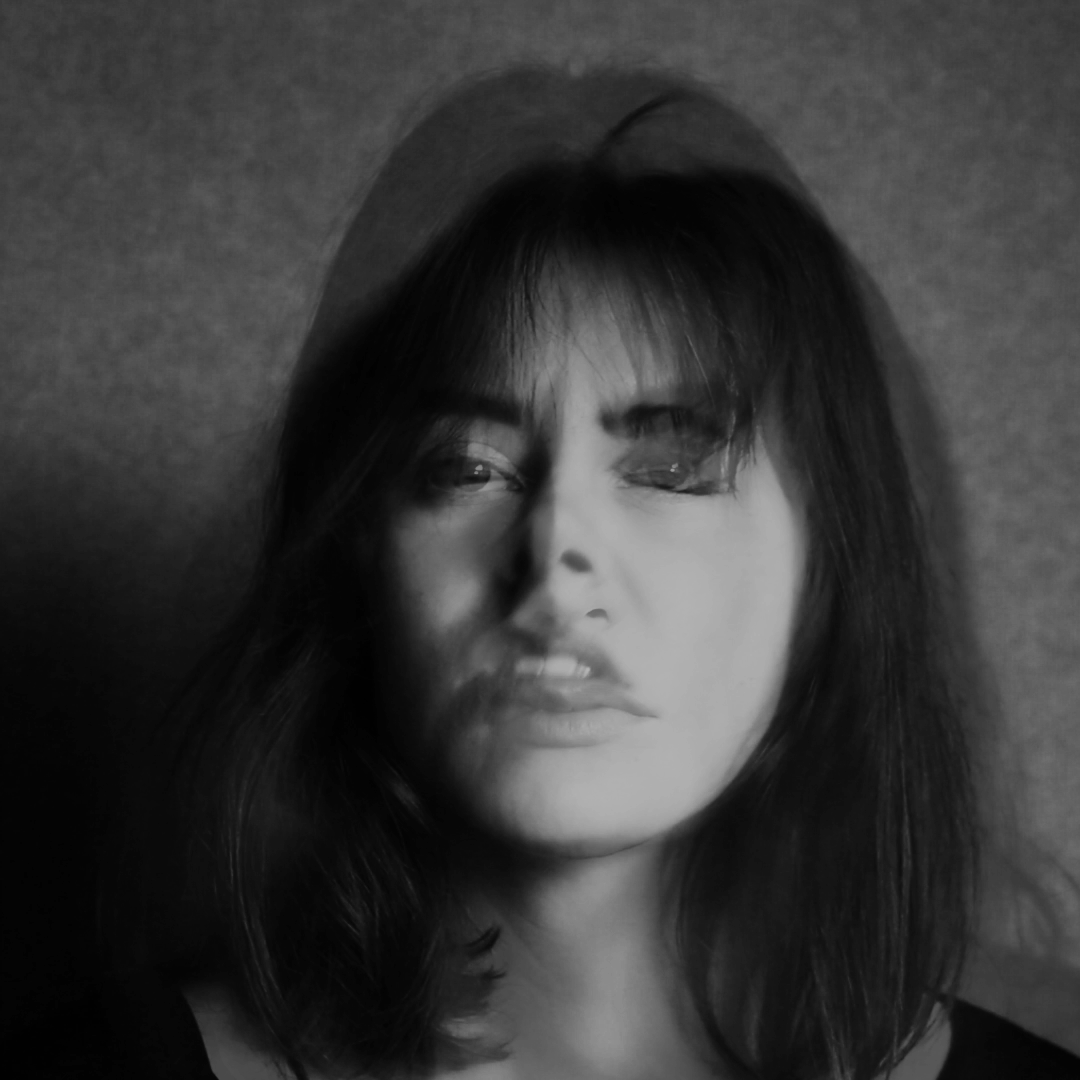
The experimental short film "Olimpia" was made as the practical work for my intermediate examination for the Bachelor in Integrated Design at the Köln International School of Design (KISD) of TH Köln. The dissertation called "Das Unheimliche (The uncanny)" examined theories from Ernst Jentsch and Sigmund Freud about the origin of the uncanny. Both were summarised in a model that works as an instruction to "how to design the uncanny". This insctruction was then used to create the uncanny feeling in my short film. The work is inspired by Man Ray, Francis Bacon, E.T.A. Hoffmann and David Lynch.
DESIGN PROCESS
This Modell is a attempt to explain the origin of "Das Gefühl des Unheimlichen (The feeling of the uncanny)" in a easy way. The feeling of the unacnny is always a reaction to one "Hauptfaktor" (main trigger) and several "Nebenfaktoren" (side triggers).
Out of a script vom Sigmund Freud about "Das Unheimliche" it was possible to extract a list of typical main triggers. Following the idea of Freud, These triggers make a release supressed primitive believes, which are hidden in „Das Unbewusste“ (the unconscious) and will then appear as soon as the trigger events are perceived (to get an impression about sigmund freuds theory in detail, please take a look in my intermediate thesis about "Das Unheimliche" (the uncanny)) :
1. animism ( The believe in the animation of things, the believe in the "not-animation" of living beings)
2. almightiness of thoughts ( The believe in the foreshadowing of events)
3. secret dangerous forces ( The believe that a person is able to hurt other people with mystic abilities)
4. Repitition, Doppelganger
These main triggers are always supported by several side triggers, such as darkness, distance, illusions, distortions of perception and all other things that blur the border between reality and fiction. Sidetriggers and maintrigger together cause a phenomenon that is well described with Ernst Jentsch's concept of "intellektuelle Unsicherheit" (intellectuell insecurity).
With the knowledge of how the uncanncy is created in human mind, it is possible for the designer to compose things in a way that they actually cause the feeling of the uncanny. In the practical part of my intermediate examination it was the task to transfer the theoritcal concept to the medium of film. Before i started to actually think about the final short film, i started to do three tests to figure out different ways to create the uncanny.
The first test it was made to recreate the uncanny feeling of Man Ray's photography "marquise casati". In reaction to this shot of a young women in combination with some self-produced sound, the viewer should feel like the woman got a secret dangerous force. Furthermore the layering of different shots is blurring the viewers perception.
With the second test it was tried to get the topic of animism into a video. Is it possible to show cup that is breaking and starting to bleed from its own like a human being?
The third test was made to figure out how to handle with side triggers, such as darkness and spatial perception. The viewer is supposed to feel like being in a delirium. The whole video is made from one single shot, which i recorded walking down the metro station "Ebertplatz" in Cologne holding the camera in my hand. To get the final result, video and sound were cutted, time stretched and overlayed in many different ways.
Below two scenes out of the final short film will be examined to explain the concept and show the design-intention.
THE NIGHTMARE
The first element used to produce the uncanny in this scene is the old telephone, that the viewer should recognize from the description of the narrator in the beginning scene. At this point he is able to see it for the first time. The darkness around the telephone let it float in "nothing". It should not be possible for the viewer to notice any border, so it feels like a dreamlike space. Olimpia, who is the dreamer, has no screen time, because the viewer is perceiving the scene out of her poitn of view. All the scene is reduced to the main things. This was necessary to make it easy to understand that the viewer now entered "another world".
As a second motif there is the "man with hat", who is inspired by Francis Bacon's "Painting 1946" and german expressionist movie. With this character in combination with the telephone the movie refers again to the old primitive believe that a person is able to hurt someone with his mystic abilities. In the moment when the man with hat starts ringing like he is the telephone himself there is a second main trigger introduced: the believe in animism. Finally the assumption about the secret force of the man is confirmed, when Olimpia is waking up and the viewer becomes witness of her bleeding through her shirt.
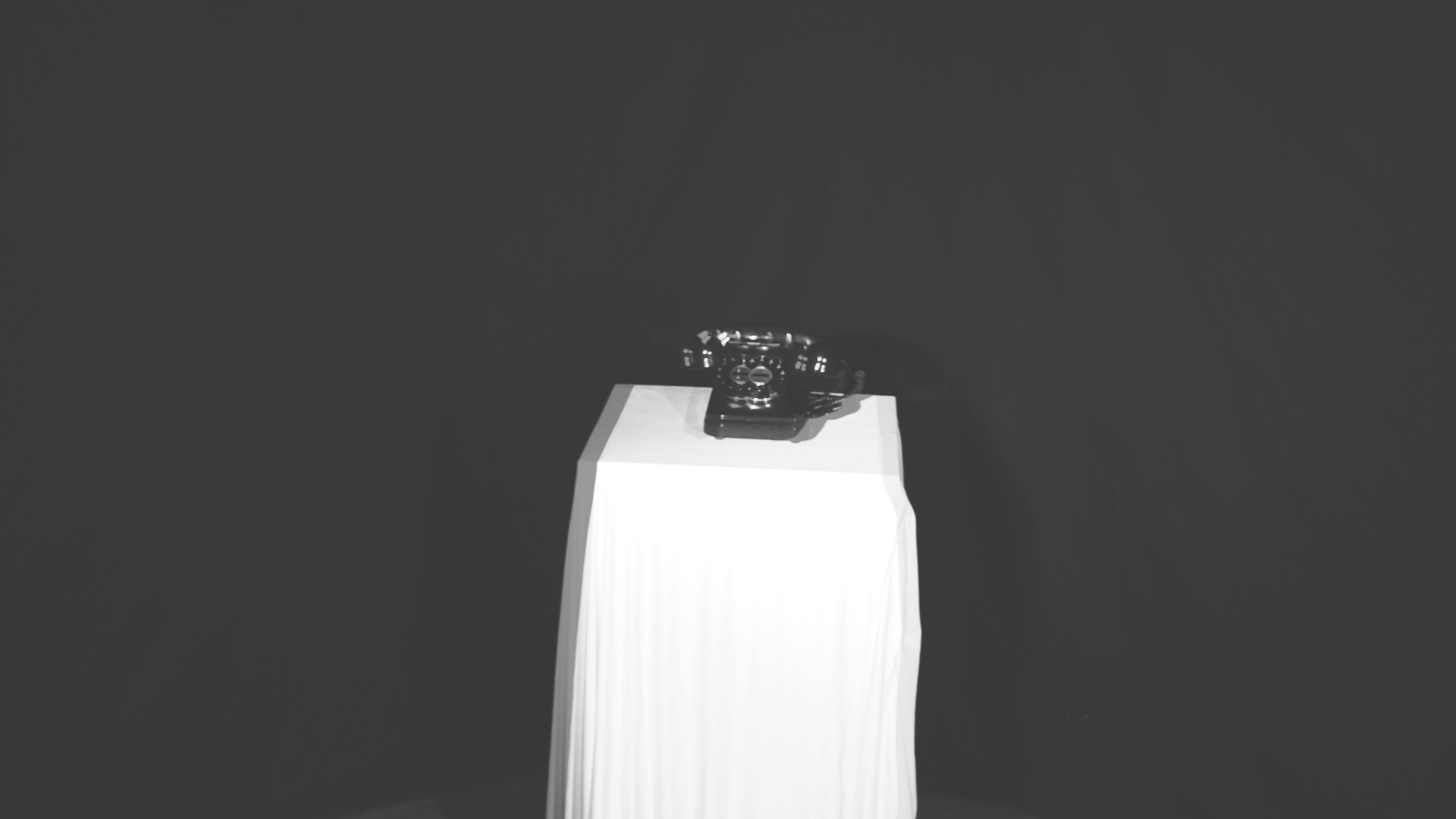


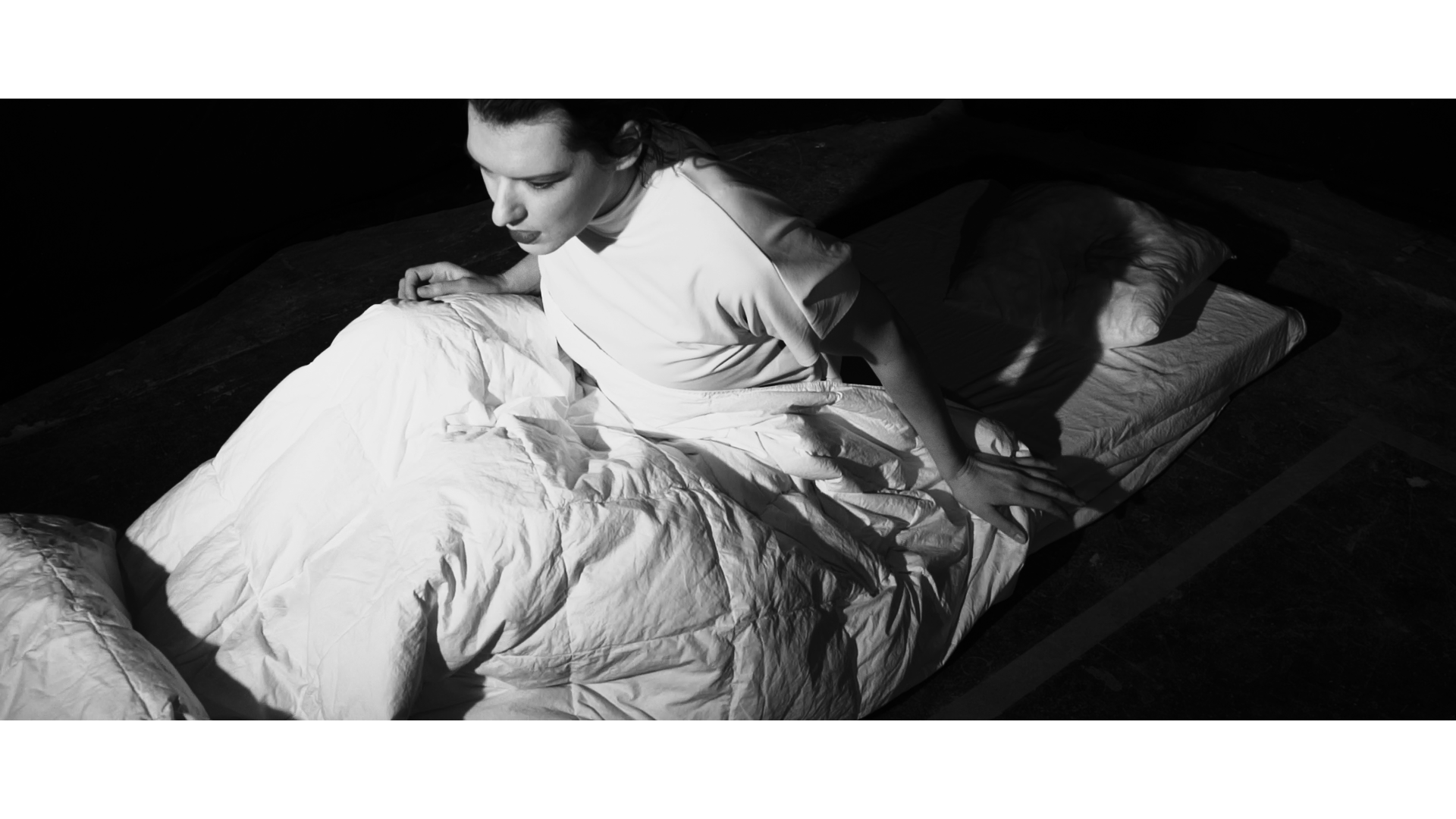
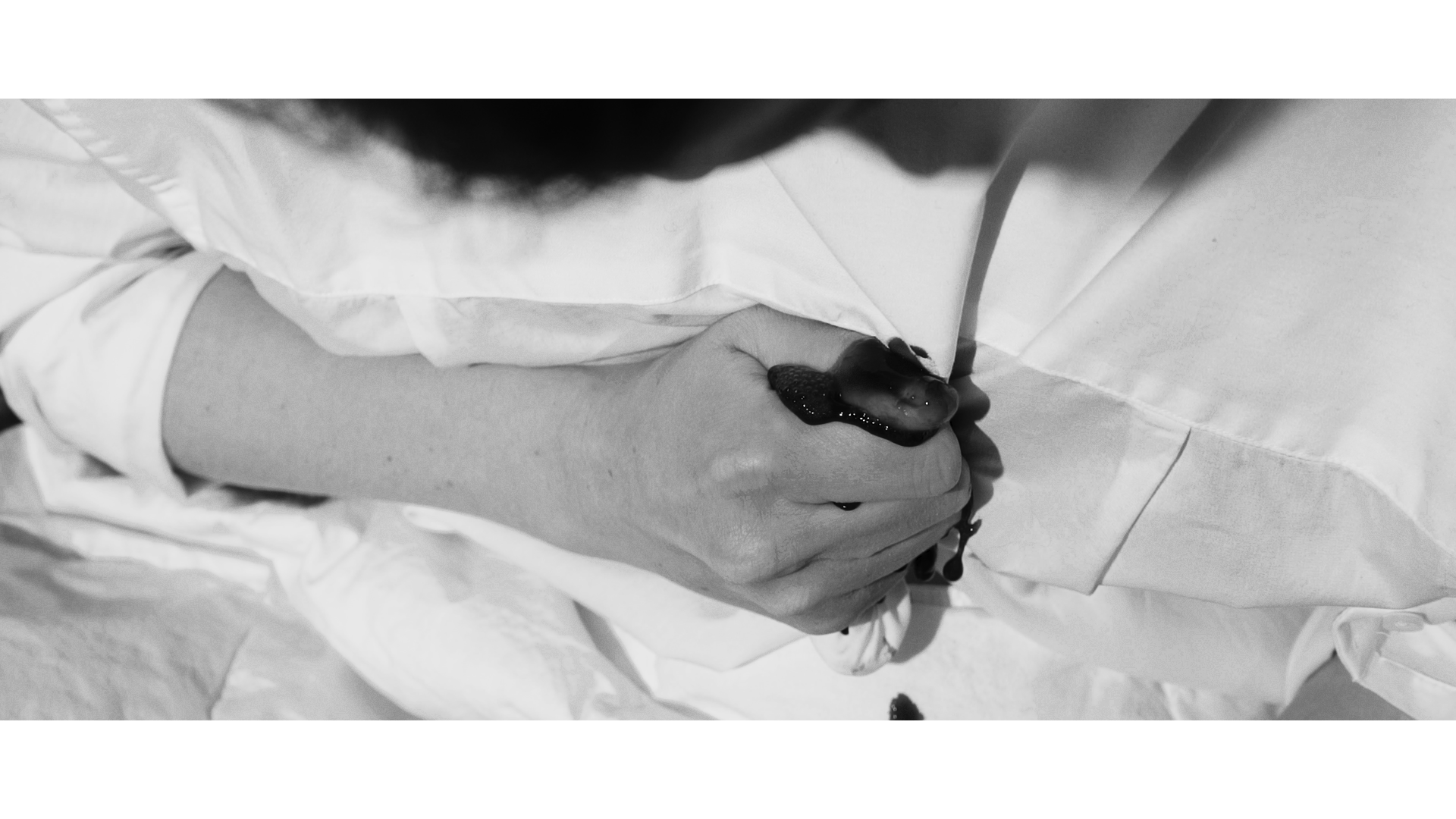
THE STAIRCASE
This scene picks out the main trigger "repetition" as the main theme. On her way to deliver her package Olimpia is running up lots of stairs, but she seemed to be trapped in a never ending metro station. It is not possible to her or to the viewer to break the loop. Repetitive camera angles and cuts were used to intensify the feeling of hopelesness. The scenes were filmed at 4 different metro stations in Cologne to have some variation and to delay the moment, when the viewer is realising the repitition. In combination with the music and sound, the uncanny impression shall be raised to a climax.
